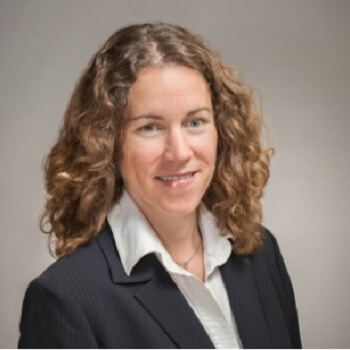Ontario 1 – Accelerating Toward Net Zero Energy Ready Building Enclosures
Data indicates that carbon emissions are altering the Earth’s climate, pushing commercial building codes toward Net-Zero Energy-Ready performance requirements. This is part one of a two part series that focuses on Ontario building enclosure requirements for Net-Zero Energy-Ready commercial buildings and how to detail highly insulated airtight building enclosures that achieve durability.
Event Information
Commercial building codes are navigating toward the performance requirements of Net Zero Energy Ready buildings due to climatic data that indicates carbon emissions are altering the Earth’s climate. Today’s building occupants also expect increased levels of performance and comfort which, can only be achieved with a high-performance building enclosure. When these buildings are detailed right, during the design phase of construction, they are both durable and cost-effective to build.
This seminar will focus on the building enclosure requirements of a Net Zero Energy Ready commercial building and you’ll learn how to detail highly insulated airtight building enclosures that achieve durability. To assist the design team, calculation tools will be examined that can guide the team to efficient and durable building enclosure details that are cost-effective. The session will be capped off with a review of strategies that have and have not worked in low TEDI (Thermal Energy Design Intensity) buildings to date. The Ontario sessions will focus on Supplementary Standard SB-10 “Energy Efficiency Requirements” and NECB (National Energy Code of Canada for Building). The Ontario sessions will focus on Supplementary Standard SB-10 “Energy Efficiency Requirements” and NECB (National Energy Code of Canada for Building).
Learning Objectives:
• Moving to net zero energy ready through building codes.
• Conversion then generation: optimizing building enclosures with air tightness and exterior thermal resistance.
• From slab to foundation walls to roof: continuous water, air and thermal control layers.
• Details matter: creating durability in highly insulated building enclosures.
• Calculating complex thermal resistance values and bridges with design tools.
• Show me how it’s done: case studies of low TEDI buildings (Thermal Energy Design Intensity).
Watch The Webinar
Presenter:

Anik Teasdale-St-Hilaire, Ph.D., P.Eng. – Principal, Building Science Engineer
Anik is a building engineer and project manager on Morrison Hershfield’s Façade Engineering Team. She has worked on a variety of projects, including design and construction of new low, medium, and high-rise commercial, institutional, and residential buildings, as well as recreational buildings and convention centres. She has also conducted building envelope condition assessments; glazing, sealant and roof failure investigations; building envelope rehabilitation projects; and hygrothermal simulations of building envelope assemblies. Anik has a solid foundation in the fundamentals of building science and building envelopes, having completed a Ph.D. and B.Eng. in Building Engineering. She has written several scientific papers on the topic of her Ph.D. thesis, which investigated the hygrothermal performance of wood-frame wall assemblies wetted by wind-driven rain infiltration both experimentally and using a 2D numerical simulation tool. Anik will deliver the envelope detailing and thermal bridging reduction design portion of the training session.

Connor Reed, EIT, CPHC – Building Energy Consultant
Connor brings his expertise in energy efficient and low-carbon building design to help design teams in achieving high performing building designs. Connor has broad experience with new construction and existing building retrofits, and has been involved in several Passive House and Net-Zero Carbon design projects. He utilizes advanced energy modelling tools including EnergyPlus to relate the impact of design scenarios to developers, owners, architects, and stakeholders. His interest and professional focus is on advancing district scale solutions to facilitate innovative, resilient, and sustainable urban development.